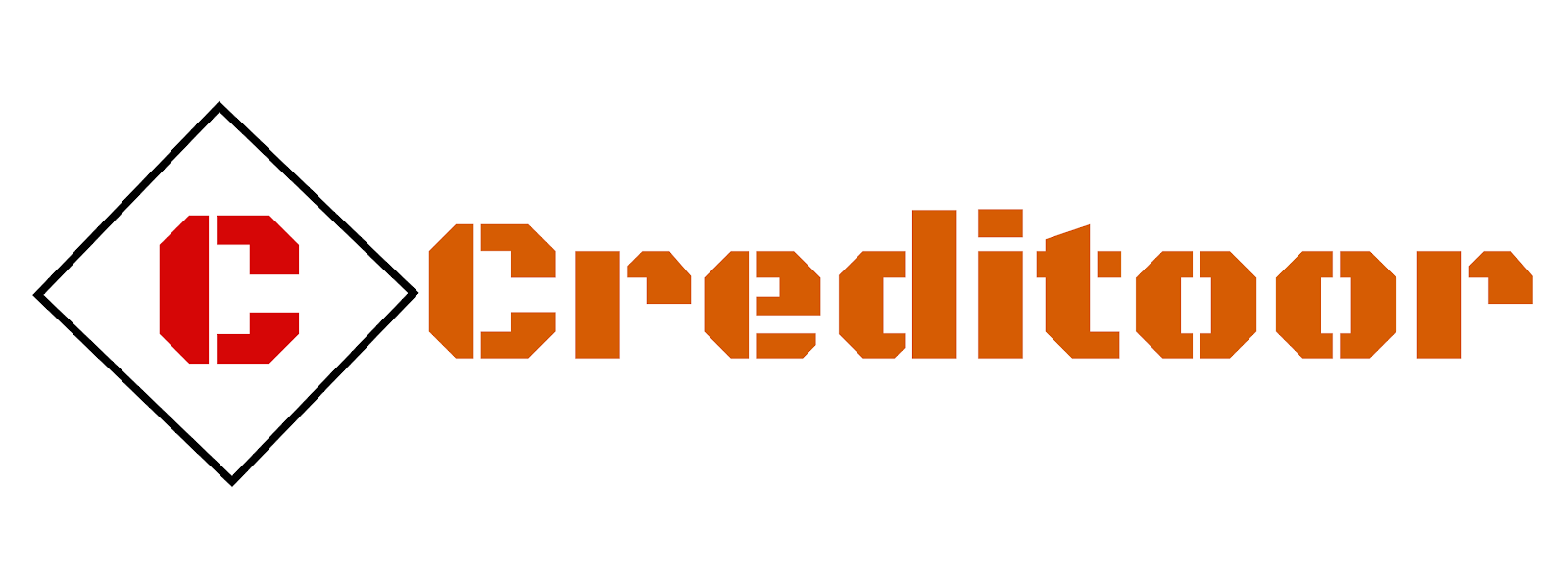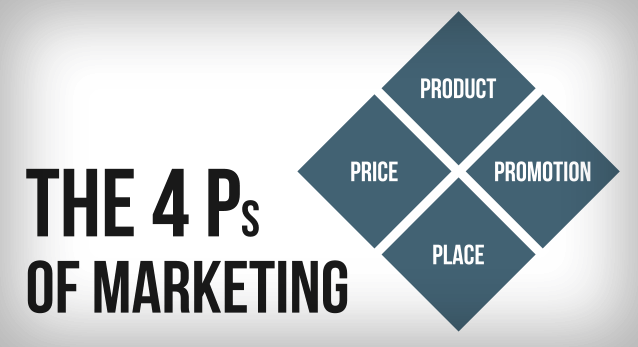Marketing
Marketing is the process by which a corporation promotes the purchase or sale of a product or service. Advertising, selling, and delivering things to consumers or other businesses are all examples of marketing.
Professionals in a company's marketing
and promotion departments use advertising to attract the attention of key
potential audiences. Celebrity endorsements, attractive phrases or slogans,
distinctive packaging or graphic designs, and total media exposure are all
examples of targeted promotions.
Marketing is the process of “creating,
communicating, delivering, and exchanging offerings that have value for
customers, clients, partners, and society at large,” according to
the American Marketing Association. This process is done in a number of
different ways; marketing professionals use one or more of the five concepts of
marketing in order to earn consumer confidence and create profitable, long-term
relationships with consumers. But not all the concepts are equally effective.
The 4 Ps of
Marketing:
The Four Ps of marketing are
product, pricing, location, and promotion. The Four Ps make up the key
marketing mix that a firm requires to advertise a product or service. In the
1950s, Neil Borden popularized the marketing mix and the concept of the Four
Ps.
Product:
A product is an item or set of things
that a company intends to sell to clients. The product should aim to fill a gap
in the market or satisfy consumer demand for more of a product that is already
offered. Marketers must first determine what product is being offered, how it
differs from its competitors, whether the product may be coupled with a
secondary product or product line, and whether there are alternative products
on the market before they can develop an effective campaign.
Price:
The price of a product relates to how
much it will cost the company to sell it. Companies must consider the unit cost
pricing, marketing costs, and distribution costs when determining a price.
Companies must also examine the prices of competing products in the
marketplace, as well as whether their projected price point is sufficient to
constitute a viable alternative for consumers.
Place:
The location of a product's
distribution is referred to as its location. Whether the goods will be sold in
a physical store, online, or through both distribution channels is an important
decision. What kind of physical product placement does it get when it's sold in
a store? What kind of digital product placement does it get when it's sold
online?
Promotion:
The integrated marketing
communications campaign is the fourth P, or promotion. Advertising, selling,
sales promotions, public relations, direct marketing, sponsorship, and guerilla
marketing are all examples of promotion.
Promotions are different based on where the product is in its life cycle.
Marketers recognize that consumers identify a product's price and distribution
with its quality, and they account for this when developing a marketing
strategy.






1 Comments
Casino Games | Dr.MCD
ReplyDeleteIn the game room, players can try out 보령 출장안마 the 양산 출장샵 popular 안양 출장마사지 games 경주 출장안마 from 부천 출장마사지 a selection of slots, blackjack, roulette and more. With the help of an in-person betting software